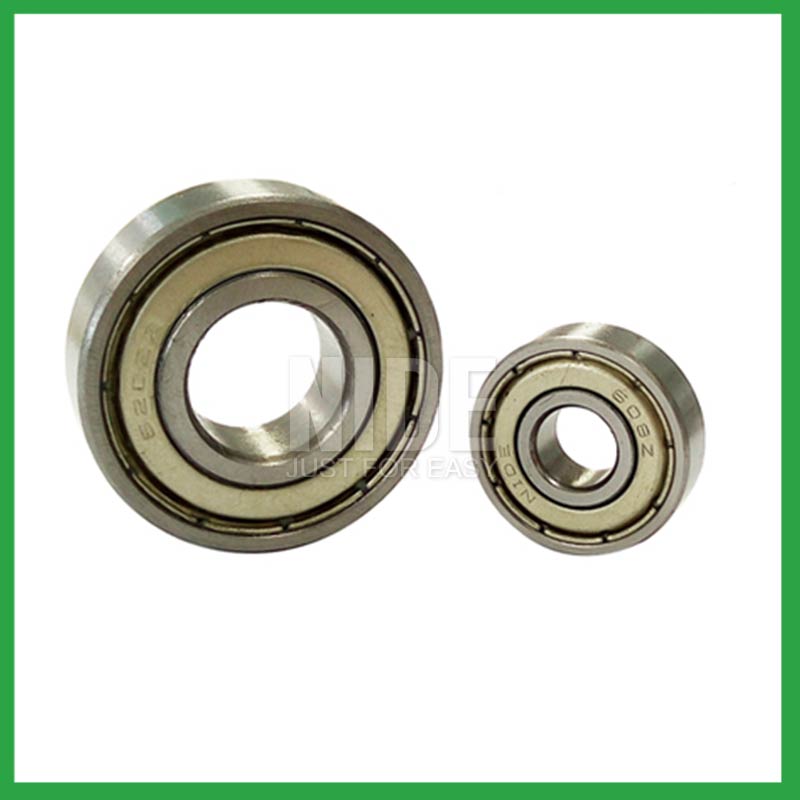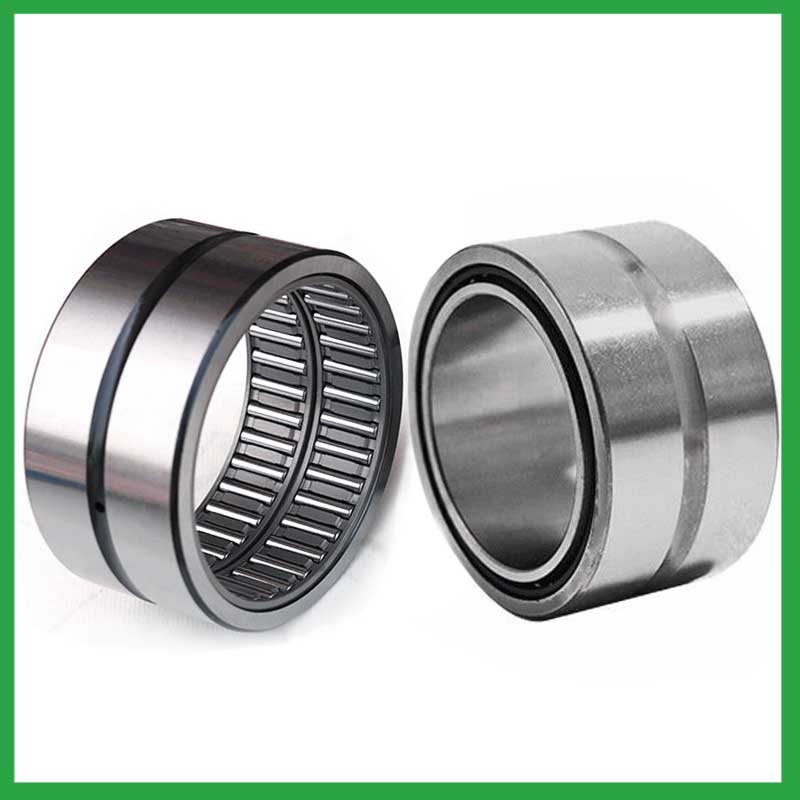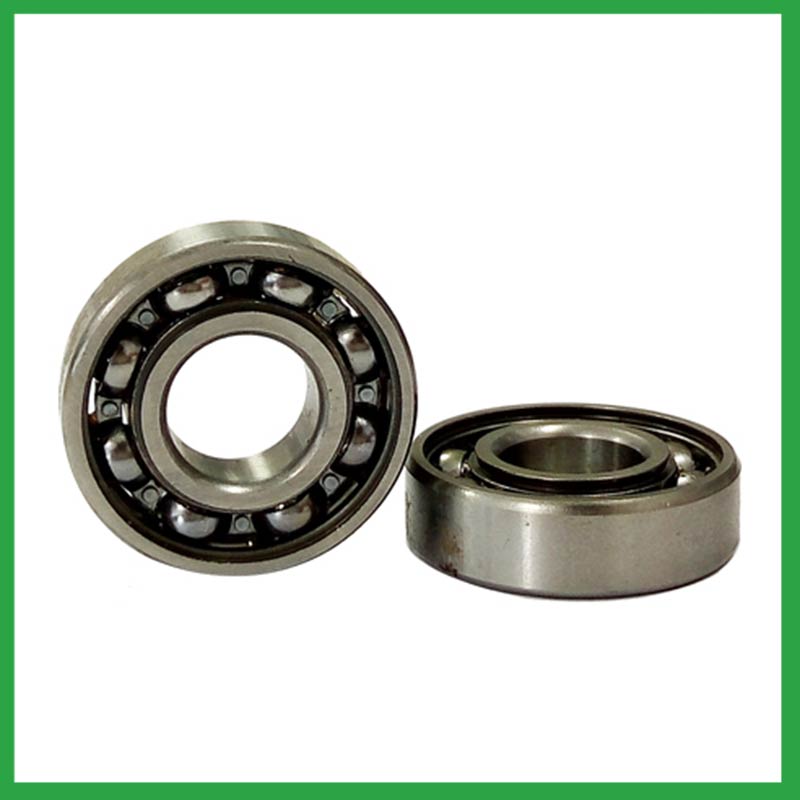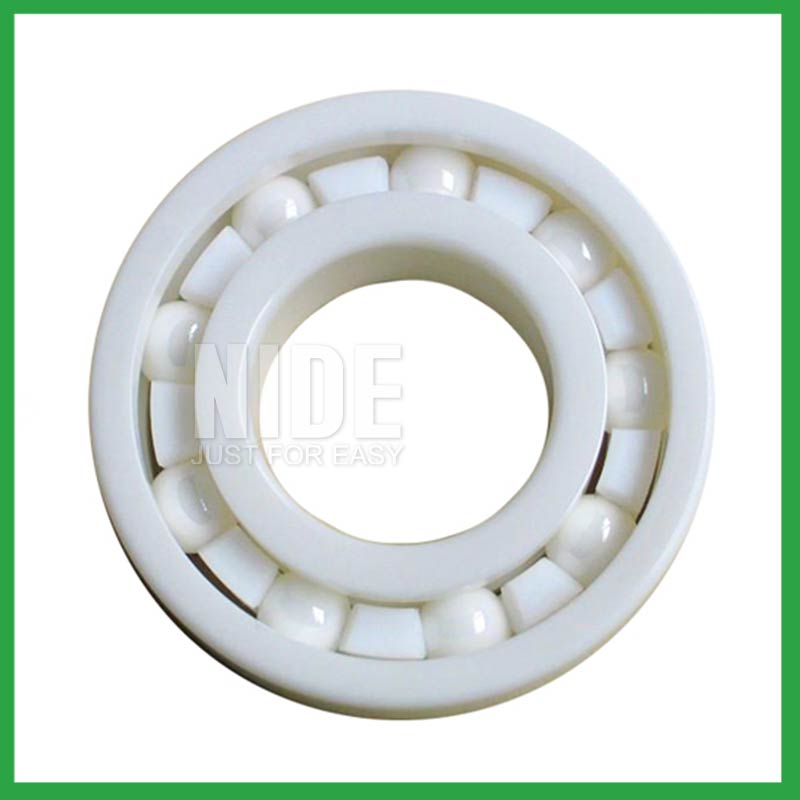PRODUCTS
CONTACT US
Ningbo Nide International Co., Ltd.
一一
· Contact person:Jack Zeng
· Mob/Whatspp/WeChat:0086-13738869026
· Email:emarketing@nide-group.com;marketing4@nide-group.com
· Add:No. 169, Wohushan Road, Daqi Subdistrict, Beilun District, Ningbo, China

Nide team could manufacture ball bearing as per customer’s drawing and samples.
If customer only has samples, we could also design drawing fo r our customer.
We also provide customized service.
Our ball bearing is widely applied the different industrials.
Ningbo Haishu Nide International Co., Ltd is located in the beautiful sea shore city--Ningbo, taking the advantage of advanced industries hub, perfect supply chain and convenient transportation, and integrating professional team with rich motor manufacturing experience , we focus on supplying the Motor Components One Stop Sourcing Platform to our customers.
Our products include thermal protector,shaft,magnet,fan,commutator,insulation paper,motor cover and lamination,etc.Apart from these products, we also provide the service for the motor manufacturing technical consultant, project support and turn-key project.

| Parameter | Information |
| Product Name | ball bearing temperature limits |
| Brand Name | Nide |
| Place of Origin | Ningbo,Zhejiang |
| Type | Ball |
| Material | ceramics, etc. |
| Sample | Avaible |
| Warranty | 3months-1year |
| Lubrication | Dry/ Oil |
| Application | textile machinery,high-speed electric tools, etc. |
| Port | Ningbo/Shanghai |
| Size(mm) | customize |
| Export Country | Argentina,Brazil,South Korea,Nicaragua,Netherlands,Venezuela,Djibouti,Denmark...etc |
| Export region | Oceania,Asia,Europe... |
| Certification | ISO 9001 Certification,CE-stator coil lacing machine,CE-stator coil winding inserting machine,etc |
| Precision Rating | as per customer's requirement |
| Feature | Strong carrying capacity,Good wear resistance...etc |
| Packaging Details | Suitable for sea transportation |
| Color | gray+customized |
| Seals Type | Rubber seals |
| Service | Prompt Delivery |
| Supply Ability | 100000-500000 Piece/Pieces per Month |
| Lead time (days) | 15-20 (To be negotiated) |
Please note: The above table data is for reference only. For specific information, please contact us.
ball bearing temperature limits require thrust for installation, which can be achieved by using a combination ring made of steel sleeve and transmission rubber, or by using an adjustment plate to tighten the bolt to form a combination ring installation structure.
During the disassembly process, the outer shell should be kept intact to avoid unnecessary damage;
When replacing installation components, attention should be paid to the accuracy of the support components to prevent deformation;
During the disassembly process, attention should be paid to protecting the surface quality of the ball bearing to ensure its performance;
During the operation, attention should be paid to removing surface dust to ensure the quality of the ball bearing.
Ball bearings have many advantages, making them highly competitive in the market.
Firstly, they are very durable and have good wear performance, making their service life longer than many other types of bearings.
Secondly, they are easy to install and can provide low friction performance in various applications.
Thirdly, they require a relatively low level of maintenance, making them cost-effective.
In addition, compared to many other types of bearings, their purchase cost is relatively low, making them an economical choice.




ball bearing temperature limits---FAQs Guide
2.Do ball bearing temperature limits come in various tolerance classes?
3.How do manufacturers address concerns related to bearing noise and vibration in sensitive equipment?
4.What are the advancements and innovations in ball bearing temperature limits technology that have emerged in recent years?
5.How do ball bearing temperature limits contribute to the overall efficiency and energy savings in industrial machinery and transportation systems?
6.How do manufacturers ensure the quality and reliability of ball bearing temperature limits through material selection and precision machining?
7.How do cage materials and designs impact ball bearing temperature limits performance and stability?
8.What is the production capacity of the factory for ball bearing temperature limits?
9.How do sealed ball bearing temperature limits prevent the ingress of contaminants and extend the bearing's service life?
10.What are the considerations for choosing between open, shielded, or sealed ball bearing temperature limits in specific applications?
11.Where can ball bearing temperature limits be used?
12.How do preloaded ball bearing temperature limits enhance rigidity and reduce clearance in high-precision applications?
13.How do ball bearing temperature limits provide smooth and controlled motion in various mechanical systems, such as conveyor belts or automobiles?
14.Are there specific ball bearing temperature limits designed for applications in the aerospace and aviation industries, and what standards do they adhere to?
15.Are there hybrid ball bearing temperature limits that combine steel rings with ceramic balls to optimize performance in demanding applications?
1.How do preload adjustments in ball bearing temperature limits affect their performance and suitability for high-precision tasks?
Benefits of Preloading a Bearing
Optimizes the ball spin to roll ratio.
Increases the rigidity of an application.
Protects from excessive ball skidding.
Decreases application vibration and sliding friction.
High running accuracy (even if load conditions keep changing)
Increases bearing load capacity.
2.Do ball bearing temperature limits come in various tolerance classes?
Bearing tolerances are standardized by classifying bearings into the following six classes (accuracy in tolerances becomes higher in the order described): 0, 6X, 6, 5, 4 and 2.
3.How do manufacturers address concerns related to bearing noise and vibration in sensitive equipment?
From a ball bearing temperature limits manufacturing perspective, a low noise or vibration rating is achieved by paying attention to the surface finish of the raceways and balls, their roundness, and selecting the correct cage design. Finely filtered low noise greases can also be used to reduce vibrations.
4.What are the advancements and innovations in ball bearing temperature limits technology that have emerged in recent years?
Significant advancements have been made in ball bearing temperature limits steels over the years. Modern, ultra-clean bearing steels contain fewer and smaller non-metallic particles, giving ball bearings greater resistance to contact fatigue.

5.How do ball bearing temperature limits contribute to the overall efficiency and energy savings in industrial machinery and transportation systems?
The balls roll along the raceway, allowing for smooth rotation of the machinery or equipment. Ball bearings are used to support rotating, reduce friction and support radial and axial loads in high-load, high-speed applications where reliability and efficiency are critical.
6.How do manufacturers ensure the quality and reliability of ball bearing temperature limits through material selection and precision machining?
High-precision measuring instruments, such as micrometers and gauges, are used to check the dimensions of the rings and balls to ensure they meet tight tolerances. Surface Finish Inspection: Surface finish is assessed using profilometers to ensure the required smoothness and low friction characteristics.
7.How do cage materials and designs impact ball bearing temperature limits performance and stability?
As the core component of rotating machinery, the performance and reliability of high-precision ball bearing temperature limits directly affect the overall performance and life of the machine and instrument . The increase of the rotational speed will aggravate the collision and friction of the cage, which will lead to the decrease of the rotational stability of the cage. The unstable movement of the cage could in turn lead to more severe collision and wear, thus reducing the life and reliability or even the destruction of the bearing.
Therefore, it is very necessary to study the cage stability to guarantee the stable operation of bearings. However, the dynamic characteristics of the cage is very complex. Parameters such as load, rotational speed and lubrication may affect its kinematic and tribological conditions, which leads to the change of its motion behavior.
8.What is the production capacity of the factory for ball bearing temperature limits?
The production capacity of Ningbo Haishu Nide International is:50000000pcs/month

9.How do sealed ball bearing temperature limits prevent the ingress of contaminants and extend the bearing's service life?
Contact seals are a type of seal where the sealing lip physically touches the inner raceway of the ball bearing temperature limits. They create a narrow line or zone of contact that forms a barrier to prevent the escape of lubricants and the ingress of contaminants. Because the seal keeps dirt and other contaminants out, it can offer a longer operating life of the bearing or prevent premature bearing failure. Sealed bearings can be considered lubricated for life, which eliminates the need for a relubrication process.
10.What are the considerations for choosing between open, shielded, or sealed ball bearing temperature limits in specific applications?
While sealed bearings offer superior protection and maintenance advantages, shielded ball bearing temperature limits can be more suitable in situations where minimal friction and operating temperature are crucial. It's essential to assess the operational environment and demands before making a selection.
11.Where can ball bearing temperature limits be used?
ball bearing temperature limits are very versatile. They can be designed to withstand radial loads, axial loads and combined radial/axial loads at various operating speeds. These characteristics, combined with the relative cost and compactness of the design, give it universal appeal within the industry. Ball bearings are widely used in electric motors, gear reducers and pumps. Serving the automotive, home appliances, aerospace, oil and gas drilling, and mining sectors.
12.How do preloaded ball bearing temperature limits enhance rigidity and reduce clearance in high-precision applications?
Enhance Rigidity: By applying a controlled axial force, preload increases the bearing's resistance to external forces and moments. This heightened rigidity is essential in applications where any deflection or misalignment must be minimized, such as in machine tools or robotic systems.

13.How do ball bearing temperature limits provide smooth and controlled motion in various mechanical systems, such as conveyor belts or automobiles?
In essence, ball bearing temperature limits operate on the principle that it's far more efficient to roll over surfaces than to slide, thereby significantly reducing friction and facilitating smooth movement of machinery parts.
14.Are there specific ball bearing temperature limits designed for applications in the aerospace and aviation industries, and what standards do they adhere to?
Airframe control ball bearing temperature limits are specialized bearings tailored for aircraft structures, particularly control systems and surfaces. Designed for low-speed oscillatory applications, they offer precision and support, effectively managing misalignments and flight-induced stresses.
Airframe Control bearings are lightweight, corrosion-resistant, grease-lubricated, and are sealed on most occasions. They come in precision grades for running accuracy.
15.Are there hybrid ball bearing temperature limits that combine steel rings with ceramic balls to optimize performance in demanding applications?
Hybrid Ceramic ball bearing temperature limits. Ceramic ball bearings (also known as hybrid bearings) are the one component that'll easily optimize the performance of your application. Hybrid bearings have ceramic (silicon nitride, Si3N4) balls and 52100 bearing steel rings.

